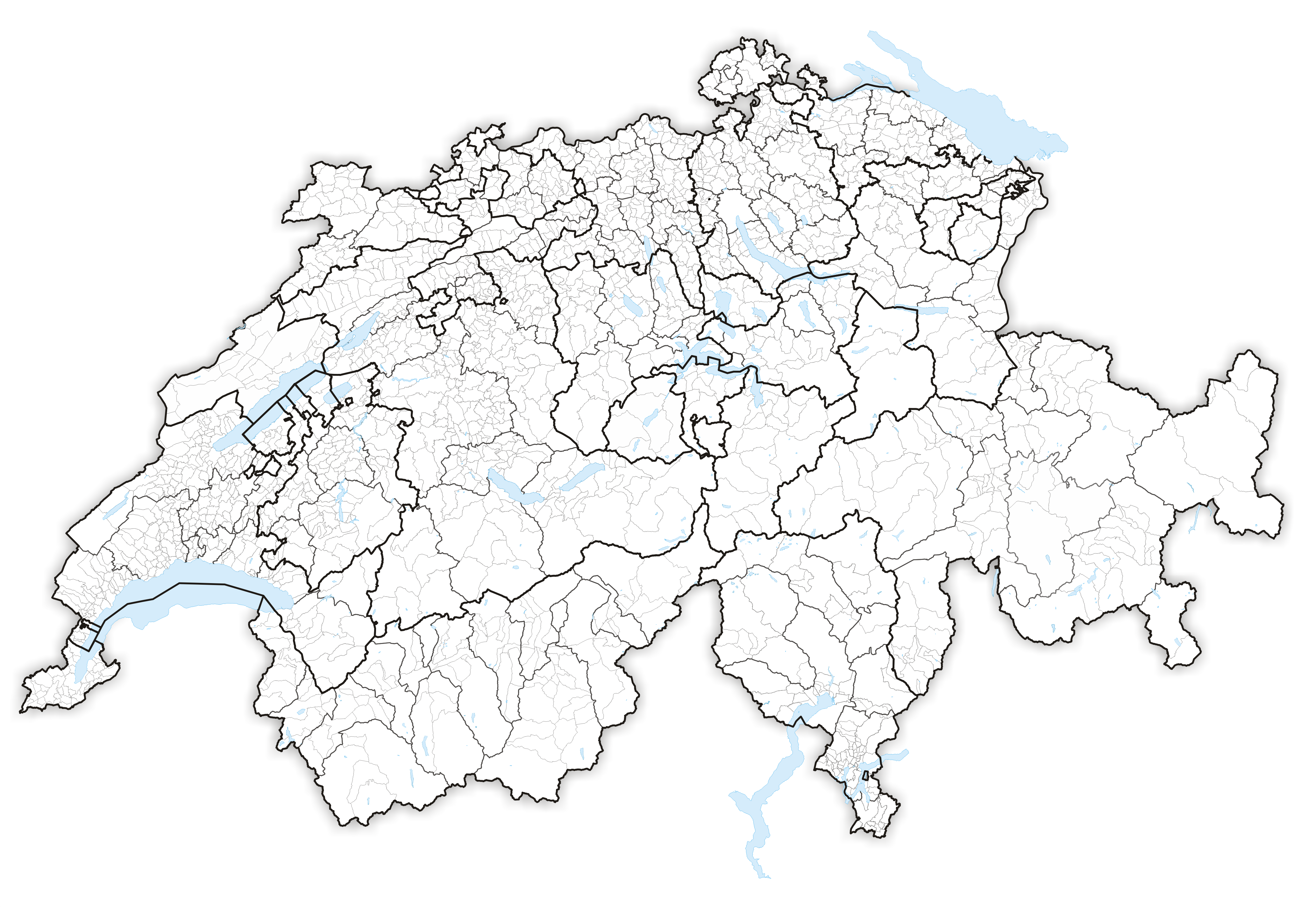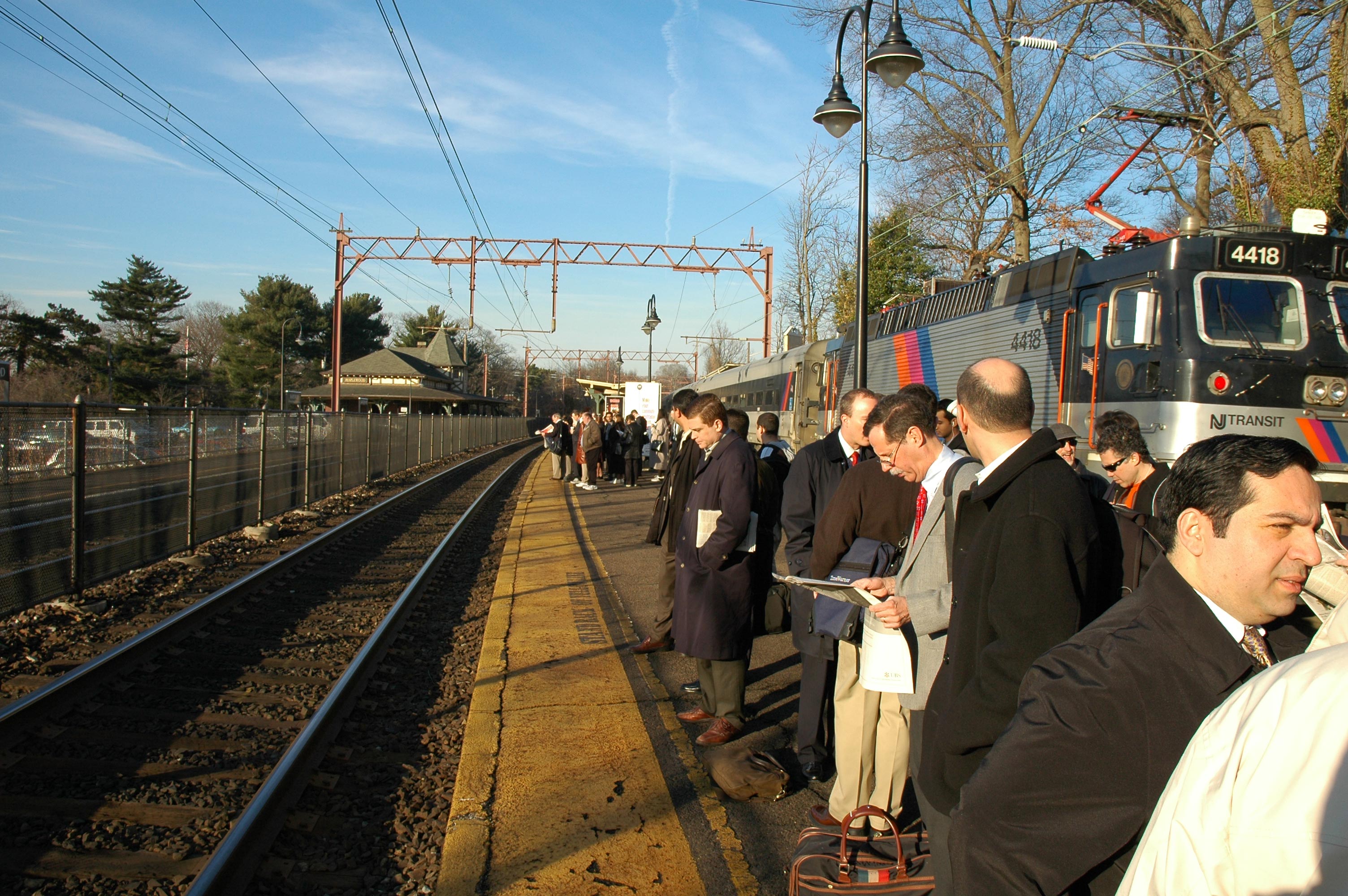|
Araschgen
Araschgen is a village near Chur in the Plessur district, Switzerland. It is part of the municipality of Churwalden. The village was first mentioned in the mid-14th century as ''Giraschga''. The mineral springs in the village were first mentioned in the 16th century and were rediscovered in 1863. During the late 19th century, a mineral spa and water bottling plant were built between Araschgen and Passugg. The Chur-Tschiertschen road was built through the village from 1887 to 1894. In the late 20th century the village became a bedroom community of Chur. In 2014 the village kindergarten Kindergarten is a preschool educational approach based on playing, singing, practical activities such as drawing, and social interaction as part of the transition from home to school. Such institutions were originally made in the late 18th cent ... closed due to budget concerns. It was reopened with eight students for the 2016/17 school year to reduce crowding in Chur schools. Reference ... [...More Info...] [...Related Items...] OR: [Wikipedia] [Google] [Baidu] |
Plessur District
Plessur District (german: Bezirk Plessur, rm, ) is a former administrative district in the canton of Graubünden, Switzerland. It had an area of and has a population of 40,707 in 2015. The former district is named after the river Plessur which crosses it. However, the region along the Plessur –and therefore the whole valley–is called Schanfigg. It was replaced with the Plessur Region on 1 January 2017 as part of a reorganization of the Canton. accessed 16 February 2017 Plessur District consisted of three '' |
Churwalden
Churwalden is a municipality in the Plessur Region in the canton of Graubünden in Switzerland. It incorporates the former municipalities of Malix and Parpan. History Churwalden is first mentioned in 1149 as ''silva Augeria''. In 1191 it was mentioned as ''de Curwalde''. Geography Churwalden has an area, (as of the 2004/09 survey) of . Of this area, about 43.8% is used for agricultural purposes, while 39.6% is forested. Of the rest of the land, 3.7% is settled (buildings or roads) and 12.9% is unproductive land. In the 2004/09 survey a total of or about 2.6% of the total area was covered with buildings, an increase of over the 1984/85 amount. Of the agricultural land, is used for orchards and vineyards, is fields and grasslands and consists of alpine grazing areas. Since 1984/85 the amount of agricultural land has decreased by . Over the same time period the amount of forested land has increased by . Rivers and lakes cover in the municipality. [...More Info...] [...Related Items...] OR: [Wikipedia] [Google] [Baidu] |
Chur
, neighboring_municipalities= Arosa, Churwalden, Tschiertschen-Praden, Domat/Ems, Felsberg, Malix, Trimmis, Untervaz, Pfäfers , twintowns = Bad Homburg (Germany), Cabourg (France), Mayrhofen (Austria), Mondorf-les-Bains (Luxembourg), Terracina (Italy) '' Chur (, locally ; it, Coira ; rm, label=Sursilvan, Cuera ; rm, label= Vallader, Cuoira ; rm, label= Puter and Rumantsch Grischun, Cuira ; rm, label= Surmiran, Coira; rm, label=Sutsilvan, Cuera or ; french: Coire ) la, CVRIA, and . is the capital and largest town of the Swiss canton of the Grisons and lies in the Grisonian Rhine Valley, where the Rhine turns towards the north, in the northern part of the canton. The city, which is located on the right bank of the Rhine, is reputedly the oldest town of Switzerland. The official language of Chur is German,In this context, the term "German" is used as an umbrella term for any variety of German. A person is allowed to communicate with the authorities by ... [...More Info...] [...Related Items...] OR: [Wikipedia] [Google] [Baidu] |
Switzerland
; rm, citad federala, links=no). Swiss law does not designate a ''capital'' as such, but the federal parliament and government are installed in Bern, while other federal institutions, such as the federal courts, are in other cities (Bellinzona, Lausanne, Lucerne, Neuchâtel, St. Gallen a.o.). , coordinates = , largest_city = Zurich , official_languages = , englishmotto = "One for all, all for one" , religion_year = 2022 , religion_ref = , religion = , demonym = , german: link=no, Schweizer/Schweizerin, french: link=no, Suisse/Suissesse, it, svizzero/svizzera or , rm, Svizzer/Svizra , government_type = Federal assembly-independent directorial republic , leader_title1 = Federal Council , leader_name1 = , leader_title2 = , leader_name2 = Viktor Rossi , legislature = Federal Assembly , upper_house = Counci ... [...More Info...] [...Related Items...] OR: [Wikipedia] [Google] [Baidu] |
Municipalities Of Switzerland
Municipalities (german: Gemeinden, ' or '; french: communes; it , comuni; rm, vischnancas) are the lowest level of administrative division in Switzerland. Each municipality is part of one of the Swiss cantons, which form the Swiss Confederation. In most cantons, municipalities are also part of districts or other sub-cantonal administrative divisions. There are 2,136 municipalities . Their populations range between several hundred thousand (Zürich), and a few dozen people ( Kammersrohr, Bister), and their territory between 0.32 km² (Rivaz) and 439 km² ( Scuol). History The beginnings of the modern municipality system date back to the Helvetic Republic. Under the Old Swiss Confederacy, citizenship was granted by each town and village to only residents. These citizens enjoyed access to community property and in some cases additional protection under the law. Additionally, the urban towns and the rural villages had differing rights and laws. The creation of a uniform S ... [...More Info...] [...Related Items...] OR: [Wikipedia] [Google] [Baidu] |
Mineral Spring
Mineral springs are naturally occurring springs that produces hard water, water that contains dissolved minerals. Salts, sulfur compounds, and gases are among the substances that can be dissolved in the spring water during its passage underground. In this they are unlike sweet springs, which produce soft water with no noticeable dissolved gasses. The dissolved minerals may alter the water's taste. Mineral water obtained from mineral springs, and the precipitated salts such as Epsom salt have long been important commercial products. Some mineral springs may contain significant amounts of harmful dissolved minerals, such as arsenic, and should not be drunk. Sulfur springs smell of rotten eggs due to hydrogen sulfide (H2S), which is hazardous and sometimes deadly. It is a gas, and it usually enters the body when it is breathed in. The quantities ingested in drinking water are much lower and are not considered likely to cause harm, but few studies on long-term, low-level exp ... [...More Info...] [...Related Items...] OR: [Wikipedia] [Google] [Baidu] |
Mineral Spa
Mineral spas are spa resorts developed around naturally occurring mineral springs. Like seaside resorts, they are mainly used recreationally although they also figured prominently in prescientific medicine. Origins Spas were used for millennia for their purported healing or healthful benefits to those wealthy enough or close enough to partake of their waters. This was called a mineral cure and gave let to such phrases as ''taking a cure'' and ''taking the waters''. There has always been a mixture of recreational and medicinal connotations involved, from rest and relaxation, stress relief, and convalescence to more specific notions such as humorism. These phrases are still sometimes used today as a euphemism for one trying to kick a drug dependency. In many cases, mineral spas were located in mountainous locales that gave an additional excuse to leave the drudgery of a hot house in warm weather during summer's onset and were seasonally populated by the well-to-do. They eve ... [...More Info...] [...Related Items...] OR: [Wikipedia] [Google] [Baidu] |
Tschiertschen
Tschiertschen is a village in the municipality of Tschiertschen-Praden in the district of Plessur in the canton of Graubünden in Switzerland. The formerly independent municipality merged with Praden to form Tschiertschen-Praden on January 1, 2009.Amtliches Gemeindeverzeichnis der Schweiz published by the Swiss Federal Statistical Office accessed 23 September 2009 History Tschiertschen is first mentioned around the end of the 8th Century as ''in Cercene''.Geography Tschiertschen has an area, , of . Of this area, 52.6% is used for agricultural purposes, while 22.6% is forested. Of the rest of the land, 1.4% is settled (buildings or roads) and the remainder (23.4%) is non-productive (rivers, gla ...[...More Info...] [...Related Items...] OR: [Wikipedia] [Google] [Baidu] |
Bedroom Community
A commuter town is a populated area that is primarily residential rather than commercial or industrial. Routine travel from home to work and back is called commuting, which is where the term comes from. A commuter town may be called by many other terms: "bedroom community" (Canada and northeastern US), "bedroom town", "bedroom suburb" (US), "dormitory town", or "dormitory suburb" (Britain/Commonwealth/Ireland). In Japan, a commuter town may be referred to by the '' wasei-eigo'' coinage . The term "exurb" was used from the 1950s, but since 2006, is generally used for areas beyond suburbs and specifically less densely built than the suburbs to which the exurbs' residents commute. Causes Often commuter towns form when workers in a region cannot afford to live where they work and must seek residency in another town with a lower cost of living. The late 20th century, the dot-com bubble and United States housing bubble drove housing costs in Californian metropolitan areas to his ... [...More Info...] [...Related Items...] OR: [Wikipedia] [Google] [Baidu] |
Kindergarten
Kindergarten is a preschool educational approach based on playing, singing, practical activities such as drawing, and social interaction as part of the transition from home to school. Such institutions were originally made in the late 18th century in Germany, Bavaria and Alsace to serve children whose parents both worked outside home. The term was coined by German pedagogue Friedrich Fröbel, whose approach globally influenced early-years education. Today, the term is used in many countries to describe a variety of educational institutions and learning spaces for children ranging from 2 to 6 years of age, based on a variety of teaching methods. History Early years and development In 1779, Johann Friedrich Oberlin and Louise Scheppler founded in Strasbourg an early establishment for caring for and educating preschool children whose parents were absent during the day. At about the same time, in 1780, similar infant establishments were created in Bavaria. In 1802, Princess ... [...More Info...] [...Related Items...] OR: [Wikipedia] [Google] [Baidu] |



.jpg)

.jpg)